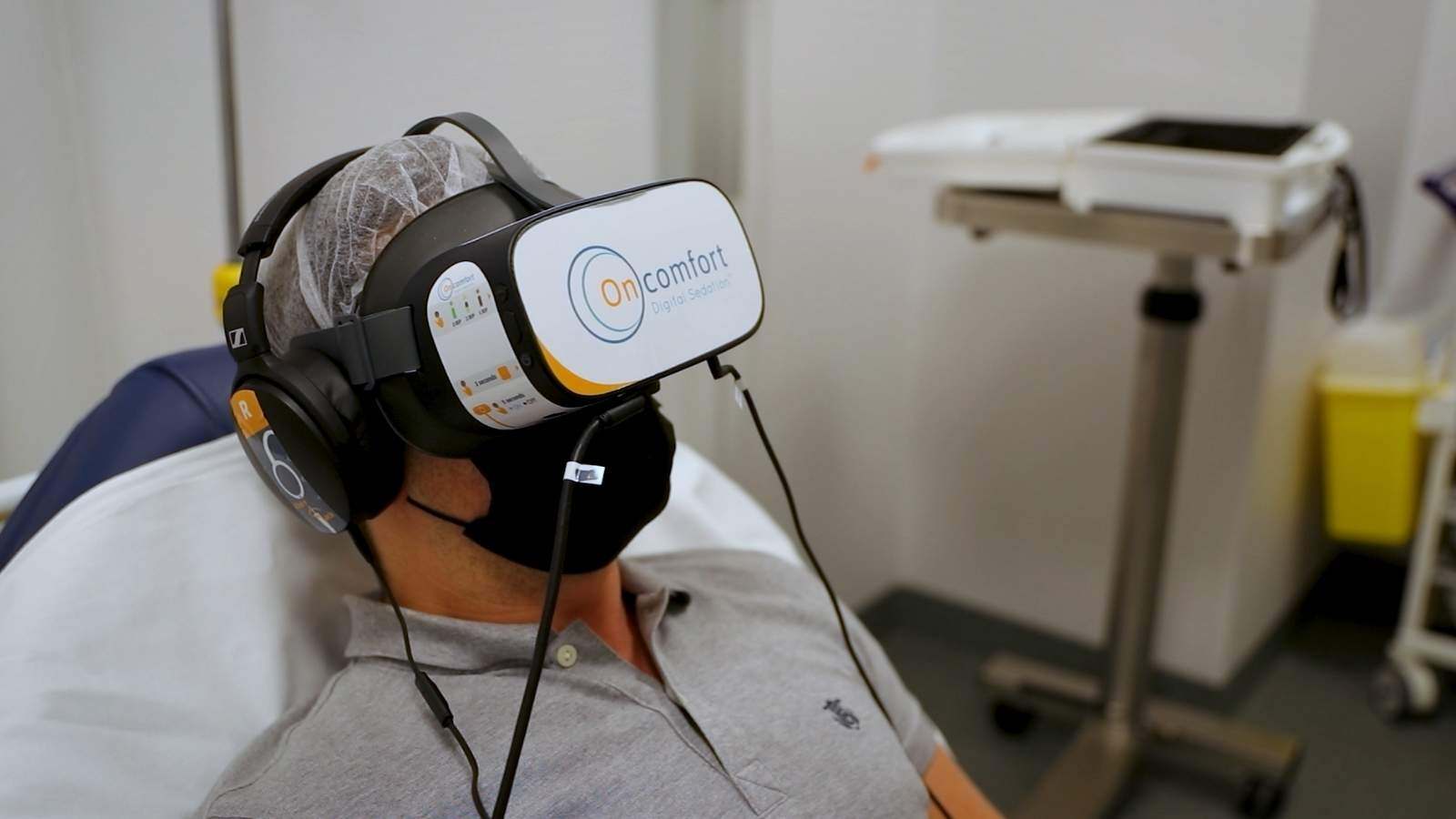After months of revision and many questions raised, it now appears that the time is coming to implement the new requirements contained in the revision of GMP Annex I. Are we ready though?
The new revision of the EU GMP Annex I is expected to enter into force in 2019. It will go from having 16 pages (127 articles) to 50 pages (269 articles). This means more detail, creating an almost completely new document, reorganized in a more logical structure.
Although some of the practices it contains were already in place and appeared in guides such as PIC/S, PDA, and ISO, until now they had not been put into writing as a standard, raising many questions, including the following: What are the significant differences between the two versions? What challenges do we face? How much investment will be needed to meet these requirements?
What is GMP Annex I and to whom does it apply?
Annex I is a GMP document published by the European Commission relating to the manufacture of sterile products. This means that all pharmaceutical companies that manufacture sterile products have to comply with this standard. Some parts of this Annex also apply to companies that make products that need to be manufactured in a clean environment.
What are the main differences between the two versions?
As stated previously, the first obvious difference is the restructuring of the content, as shown in the image on the left. Further on, we shall concentrate on explaining the main differences that have raised the largest number of questions:
Quality System
The Quality System must be focused on creating a general strategy (Control Strategy) to keep the risk of contamination under control. Risk Analyses must be conducted to identify, analyze, eliminate (if applicable), and control the risk of contamination.
The investigation of non-conformities should be centered primarily on the impact on sterility, not only of the batch affected but also of the other batches that could have been or could potentially be affected. Each of the deviations should be investigated to understand their root cause (Root Cause Analysis).
All manufacturers of sterile products must have the Control Strategy document available for audit or inspection.
Personnel
The qualification of personnel who may enter cleanrooms has been fully integrated into companies’ quality systems for some time. However, new concepts have now been introduced such as the aseptic gowning qualification, periodic evaluations by participating in Aseptic Process Simulations (APS), and medical and microbiological checks. However, what stands out the most is that the concept of disqualification is introduced. This raises the following questions: When is a person considered disqualified? When should personnel be requalified? It seems that the criteria to apply is that staff who have been away from their post for a long time would be disqualified, meaning that they would need to be retrained and their participation would need to be evaluated by passing an APS.
Another change is that a minimum and a maximum number of people present in each area must be determined. Other than the already well-known and adopted prohibition of entering clean zones with a wristwatch, make-up, or jewelry, the standard is adapted to new times to include the prohibition of entering with a mobile phone.
It also indicates that the ambient humidity and temperature conditions should facilitate a suitable level of comfort for personnel to avoid sudden movements, thereby preventing the creation of erratic movements/flows of air.
Premises
This section introduces the new recommendation of using separate areas for entry and exit of personnel to aseptic zones, raising the question of whether it is necessary to invest time and money to adapt facilities to this requirement. For the time being, it seems that this requirement would only affect new facilities. For facilities already in existence, it is acceptable to consider this point in the Control Strategy document.
Material transfer through pass-through hatches is not permitted unless they have a filtered air supply. This hatch must be qualified and have a materials qualification list.
Contrary to the previous version, the qualification of rooms will only be based on 0.5 μm particle counting, harmonizing this with the criteria under ISO 14644. However, for the monitoring of rooms, it is recommended that 5 μ particles should also be included, as they are a good indicator for evaluating trends.
For the disinfection of facilities, the requirement of regular use of a sporicidal agent is introduced, and the use of VPH (Vapour Hydrogen Peroxide) is suggested as a disinfectant to reduce microbiological contamination in inaccessible areas.
Equipment
One of the new aspects in this section is that equipment monitoring requirements, such as maintenance or requalification, must be defined at the design stage. It is also indicated that both the particle counters and the tubing must be qualified and that the tubing must be of a shorter length than that permitted up until now. One of the most relevant new aspects is that the use of barrier systems such as the Restricted Access Barrier System (RABS) and isolators is contemplated, to minimize any direct contact with the product as far as possible.
Utilities
The Annex also specifies that Water For Injections (WFI) should be obtained from purified water, but allows production, in addition to using traditional distillation, to be carried out by double osmosis plus nanofiltration or ultra-filtration, although the regulators continue to prefer distillation.
Water systems must be subject to continuous monitoring with TOC systems and online conductivity testing. Any result at the alert limits must be monitored and investigated to find the root cause and conduct a risk assessment.
Steam used for sterilization must be generated from water low in endotoxins and its quality must be evaluated regularly and compared with the validated parameters.
Gases that are in direct contact with the primary product or packaging must be filtered through 0.22 μm and be sterile, with a filter integrity test being considered to be a requisite of the batch release process.
Production
Production is one of the sections that has raised the most questions, partly because it is the longest of all. In addition to the new aspects that can be added to each of the points, new concepts have been included such as the ‘Closed Systems’ and ‘Single-Use Systems’.
The use of Closed Systems is recommended to reduce the risk of both microbiological and chemical environmental contamination. Depending on the risk of the systems not maintaining their integrity throughout the process, the classification of the room in which they are placed may be evaluated and includes the possibility of it being a grade D room.
For Single-Use Systems, material compatibility studies are recommended, for example by studying reactivity or absorption. Studies of extractables and leachables are also recommended, to ensure that they do not transfer undesired substances to the product.
Another of the new aspects is the need to test filter integrity after sterilization and before use, which is known as PUPSIT (Pre-Use/Post-Sterilisation Integrity Testing), entailing a complex configuration from companies to conduct this test in-line and ascertain the microbiological risk caused by handling filters after their sterilization.
- Other new aspects of this section are described below, although this list is not exhaustive:
Solutions subject to terminal sterilization will need to be filtered to reduce the bioburden before final filling. - In aseptic processes, to reduce the amount of human intervention in a grade A area, the use of a RABS (Restricted Access Barrier System) is recommended and as much process automation as possible, thereby reducing the risk of contamination by interventions.
- Materials liable to generate fibers are not permitted in cleanrooms, which is difficult to understand given that there are studies that show that the gloves used by personnel generate fibers and particles.
- Partially stoppered freeze-drying vials should be transferred under grade A conditions at all times and, wherever possible, with no human intervention.
100% of containers closed by fusion must be subjected to integrity testing. For other packaging, a sampling plan must be developed based on QRM. Moreover, visual inspection alone will not be considered as an acceptable integrity test method. - Containers sealed under vacuum now need to maintain this vacuum for the product’s entire shelf life, in addition to maintaining it for an appropriate and pre-determined period.
- When checking parenteral products, in addition to having to check 100%, QRM principles must now be used to determine the defect and its criticality for patients and for the route of administration. Batches with a high incidence of defects should be evaluated to consider partial or whole rejection of the batch. A defect library is recommended for staff training purposes.
- Personnel who conduct the visual inspection must be requalified on an annual basis.
- If biological indicators (BIs) are used, they must be verified before use.
Monitoring
As stated previously, even though initial qualification only requires 0.5 μm particle counting, when the rooms are monitored, 5 μm particles must be taken into account, as they can be useful as a diagnostic tool for the early detection of faults in machines, equipment, or HVAC. In addition, with current equipment, there are still limitations in terms of counting 0.5 μm particles.
The conditions for monitoring as well as the frequency thereof, the volume of the sample or the duration, as well as the limits for alerts and action, including investigating the corrective action, must be established based on a risk analysis.
As regards the Aseptic Process Simulation (APS), apart from being much more detailed in terms of how it should be conducted, the staff involved must now participate in an APS at least once a year. In addition, if the filling process is manual, the personnel must participate every 6 months, with a pass result.
Contrary to the previous version of the Annex, which allowed a contaminated vial if the batch contained more than 5,000 units, if an investigation was conducted into the cause of that contamination, there should now be zero growth. Any contaminated unit should be investigated to determine the root cause, and the APS must be repeated. The number of APS to be conducted should be evaluated based on QRM principles.
It is also indicated that even if the product is filled in amber glass, the APS should be conducted in a clear container, to ensure visual detection of microbial growth.
Quality Control
Perhaps the point that stands out most in this section is the requirement that the sterility test be performed under aseptic conditions at least consistent with the standard of cleanroom required for the manufacture of the product.
Conclusion
Apart from the financial challenge posed to the sterile drug industry, as a result of having to adopt the new requirements in terms of facilities, and summarise, the main aspects that stand out from this new version of Annex I are:
- The application of Quality Risk Management (QRM) in all the sections of the document.
- The creation of a formal Control Strategy document to explain the methods for controlling contamination throughout the production facility, taking all the risk factors into account from a holistic point of view.
- Reduction of human intervention to a minimum with the use of RABS, and the use of automation as much as possible throughout all stages of production.
- The importance of training the personnel involved and the creation of procedures to ensure that personnel is qualified at all times.
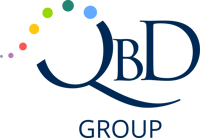



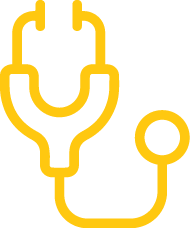
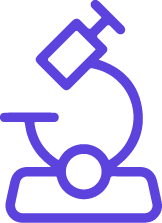





.jpg)



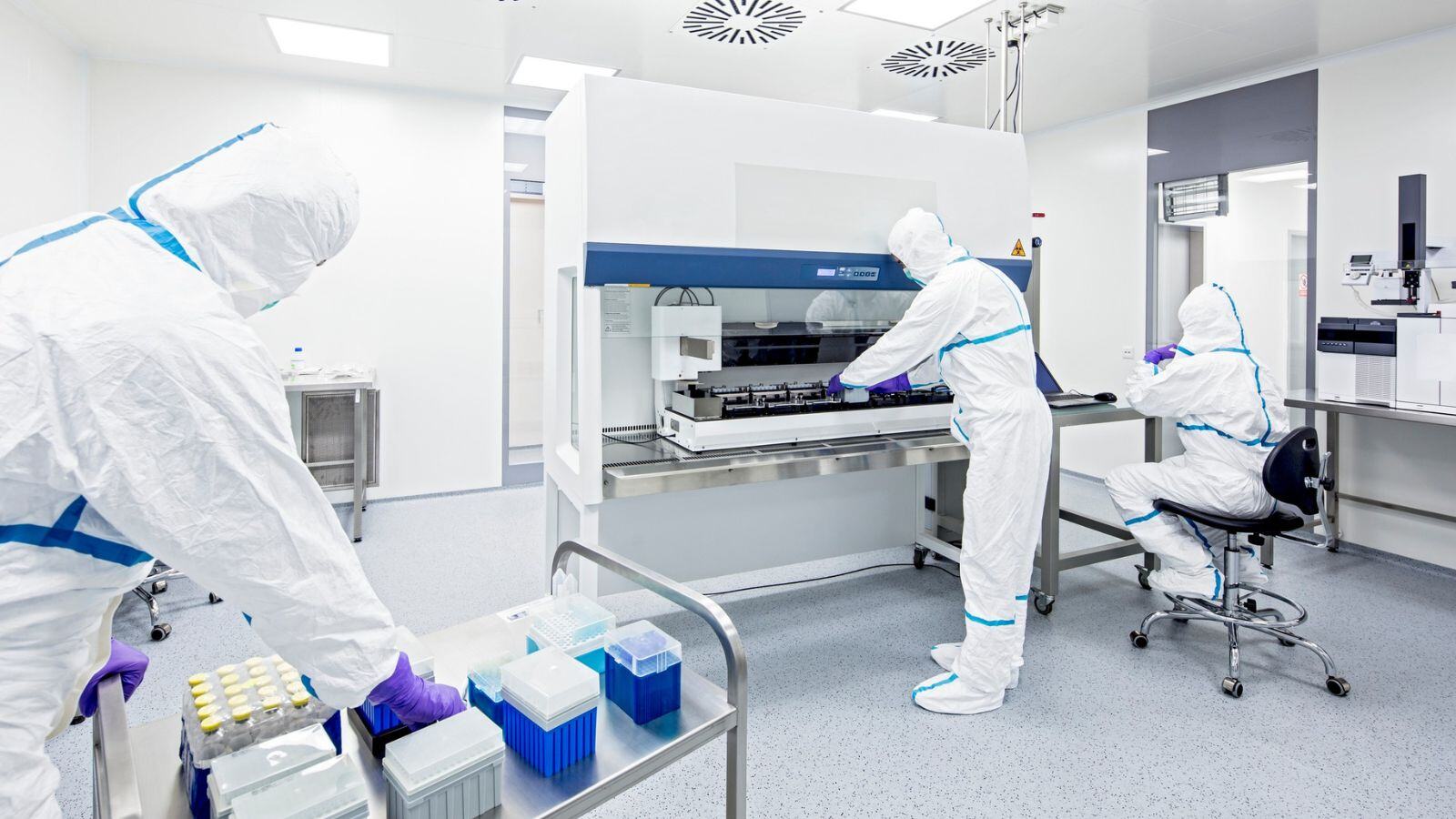
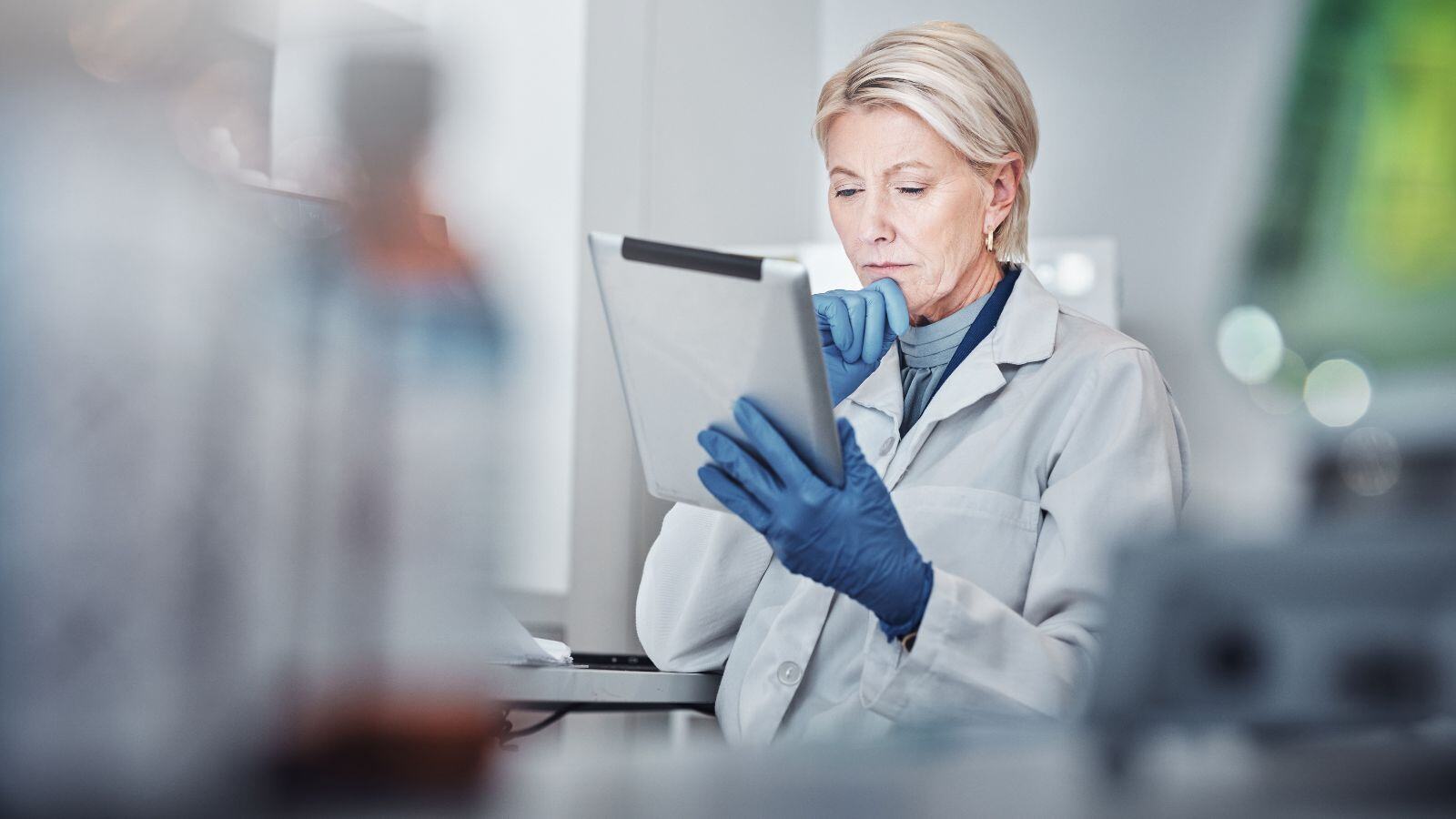


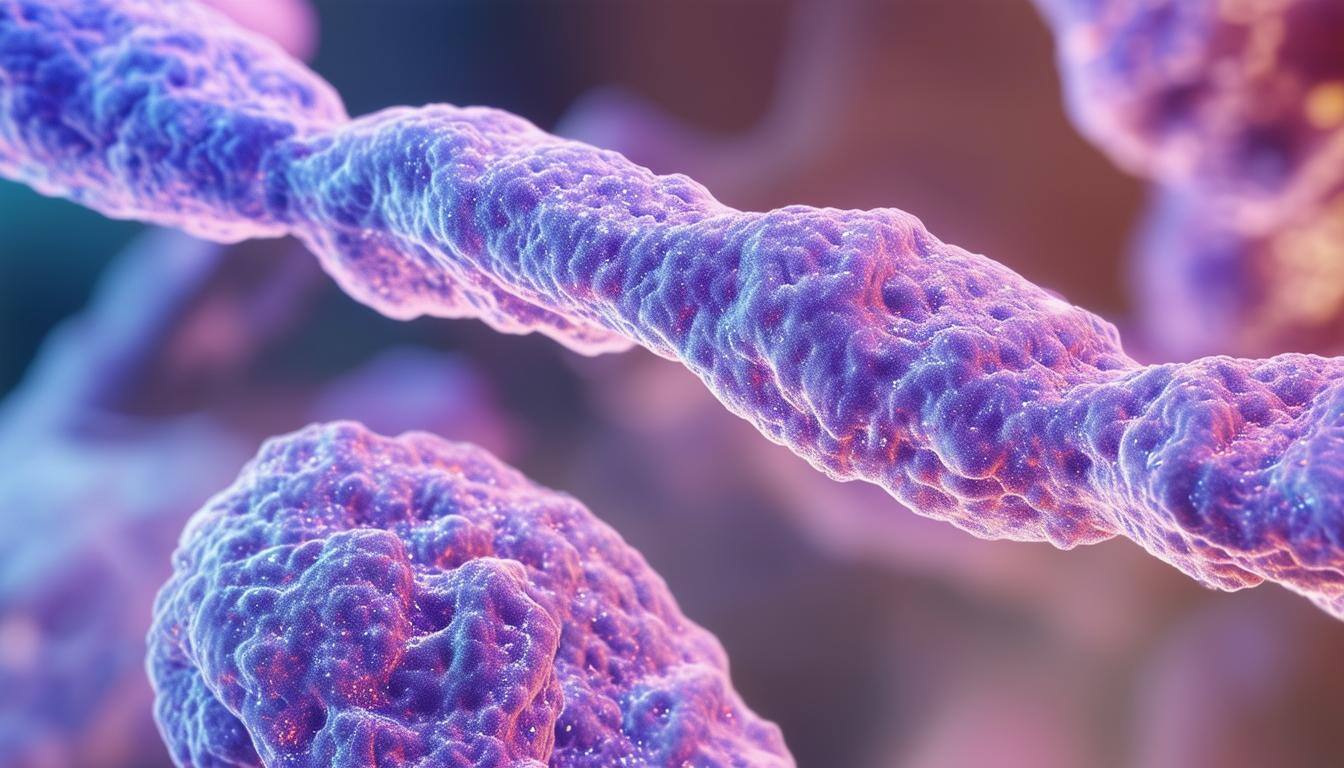
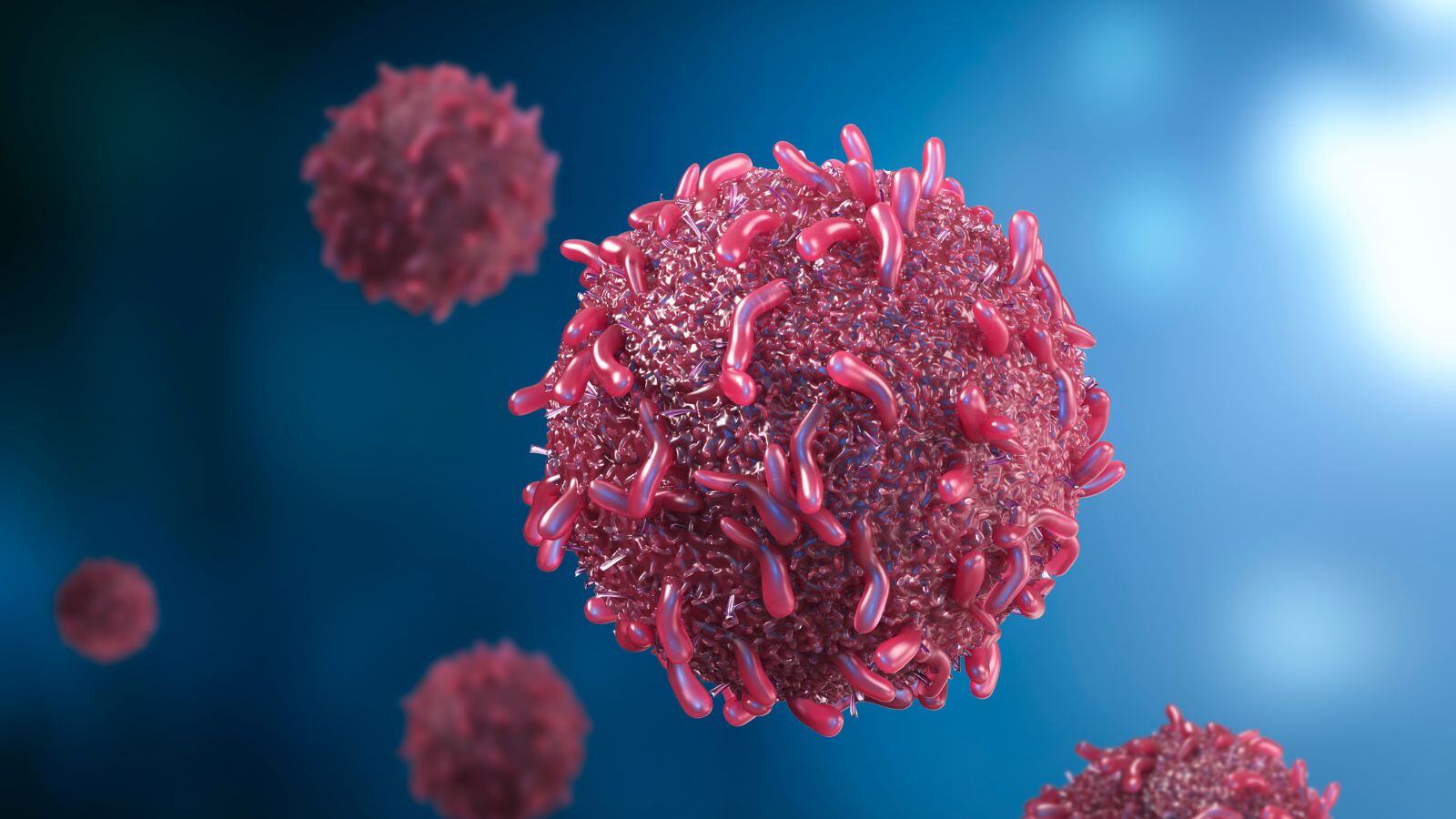
.png)

.jpg)
